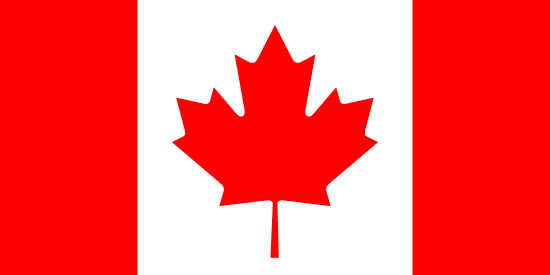"Whitehorse: The Wilderness City | Whitehorse: The Wilderness City"
About:
Whitehorse, the capital of Yukon, Canada, was established during the Klondike Gold Rush in 1898. It became the capital of Yukon in 1953, replacing Dawson City. The city grew rapidly during the construction of the Alaska Highway in the 1940s. Today, it is Yukon's largest city, with a focus on tourism, mining, and transportation. Its rich history, natural beauty, and cultural heritage make it a significant northern hub.
When to visit:
Whitehorse, located in the Yukon territory of Canada, experiences a wide range of climates throughout the year. The best time to visit Whitehorse on a holiday would typically be during the summer months, from June to August, when the weather is mild and pleasant. This is also the peak tourist season, offering a variety of outdoor activities such as hiking, fishing, and wildlife viewing. However, travelers looking to experience the magical Northern Lights should plan their visit during the winter months when the night skies come alive with this natural phenomenon.
When to avoid:
Traveling to Whitehorse, Canada during the winter months, particularly in December, is often considered the worst time for a holiday visit. The city experiences extremely cold temperatures, with average lows dropping well below freezing. Snowfall is frequent during this time, which can lead to difficult travel conditions and limited outdoor activities. Additionally, daylight hours are significantly shorter in December, providing less time for sightseeing and exploration.
Winter (Nov-Apr)
In Whitehorse, Yukon, the coldest period is from November to March, with January being the coldest month averaging -13.6°C. Snowfall is common, with December receiving the highest snowfall, averaging around 27 cm. These months experience very limited sunlight with December having just under 6 hours of daylight. Cloud cover is typically high, resulting in overcast or mostly cloudy conditions. An average day for a visitor would involve bracing the cold and snow, with limited daylight hours for outdoor activities. It's a winter wonderland perfect for snow-based activities.
"Whitehorse Summer (June-August)"
In Whitehorse, Yukon, the warmest part of the year typically spans from late May to early September. During this period, the average high temperatures range from 15°C (59°F) to 20°C (68°F), while the average lows range from 6°C (43°F) to 8°C (46°F).
Rainfall during this period is relatively moderate, with monthly averages ranging from 30mm to 45mm. The summer months in Whitehorse are characterized by long daylight hours due to its northern location. In June and July, the city can experience up to 19 hours of daylight.
Humidity levels during the summer are typically low, making the heat comfortable rather than stifling. As for cloudiness, Whitehorse is known for its clear skies, especially in the summer.
For a visitor, a typical summer day in Whitehorse would start with a cool morning, warming up to a mild and comfortable afternoon. The low humidity would make the warmth feel pleasant rather than oppressive. With the extended daylight hours, evenings are long and leisurely, gradually cooling down as the night progresses. The skies are often clear, providing great opportunities for outdoor activities and sightseeing.
Language:
In Whitehorse, the capital city of Canada's Yukon territory, English is the most commonly spoken language. However, due to the city's diverse population, other languages such as French and various indigenous languages, including Southern Tutchone, are also spoken.




